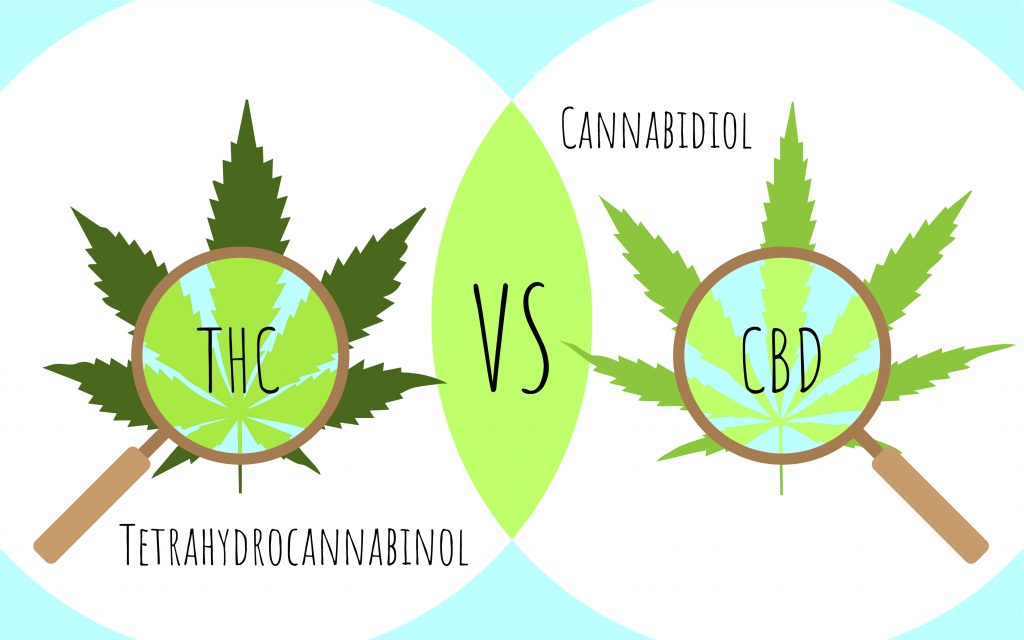With the recent increase and commonality of the use of CBD and cannabis, have you found yourself wondering, “What exactly is CBD? THC ? What is the difference? And which is best for me?”
The following explanation may help you decide.
The Chemical Structure
To help us understand the effects of THC and CBD better, let’s explore the chemical structure: both cannabinoids have the exact same molecular structure. Both have 21 carbon atoms, 30 hydrogen atoms and 2 oxygen atoms. There is only a very slight difference in how these atoms are arranged which makes them work differently.
They both work by interacting with the cannabinoid receptors in your brain, which affect the release of neurotransmitters
The Effect on the Brain
Despite having similar chemical structures, CBD and THC work very differently when it comes to their psychoactive components. THC binds with the CB1 receptor in the brain and produces a sense of euphoria – the “high” that people experience.
CBD is non-psychoactive and binds very weakly to CB1 receptors and can even dampen the psychoactive effects that THC has.
Medical Benefits of CBD and THC
CBD can help with conditions such as:
- Seizures
- Pain
- Anxiety
- Inflammatory Bowel Disease
- Migraines
- Depression
THC can help with conditions such as:
- Muscle Spasm
- Pain
- Glaucoma
- Insomnia
- Low Appetite
- Nausea
The Side Effects
As with anything else maturity and moderation are key. Some people report temporary side-effects to include:
- Increased heart rate
- Dry mouth
- Slower reaction times
- Memory loss
- Red eyes
CBD has been found to be well-tolerated, even in large doses. Side effects experienced when taking CBD have usually been a result of interactions with other drugs. For more information on whether CBD will interact with your current medication, we advise you to consult your physician.
Some of these short-term side effects may include:
- Nausea
- Diarrhea
- Tiredness
- Low blood pressure
- Lightheadedness
Usage
CBD and THC can be ingested in several different manners. The manner depends on the user and how it makes them feel. Methods of use include but are not limited to:
- Smoking
- Oral
- Topical
- Sublingual



